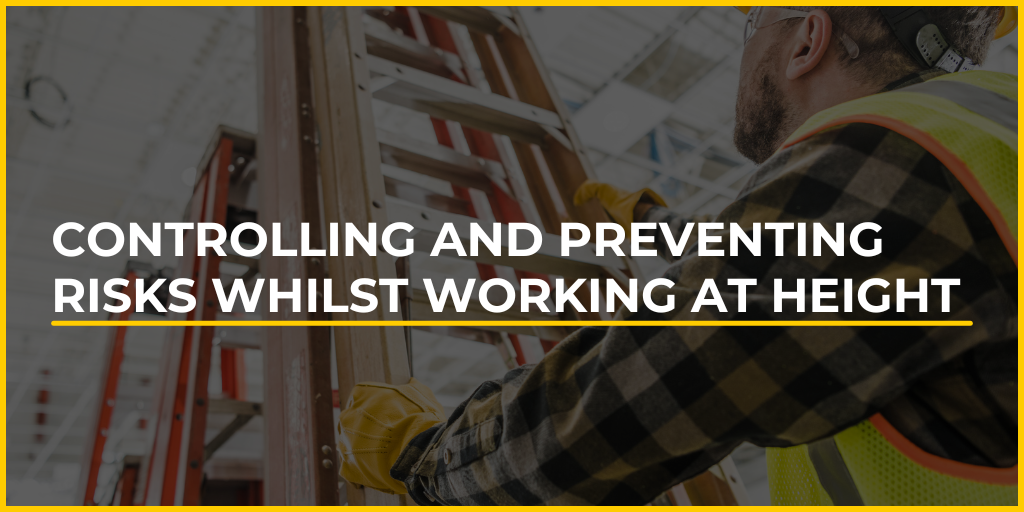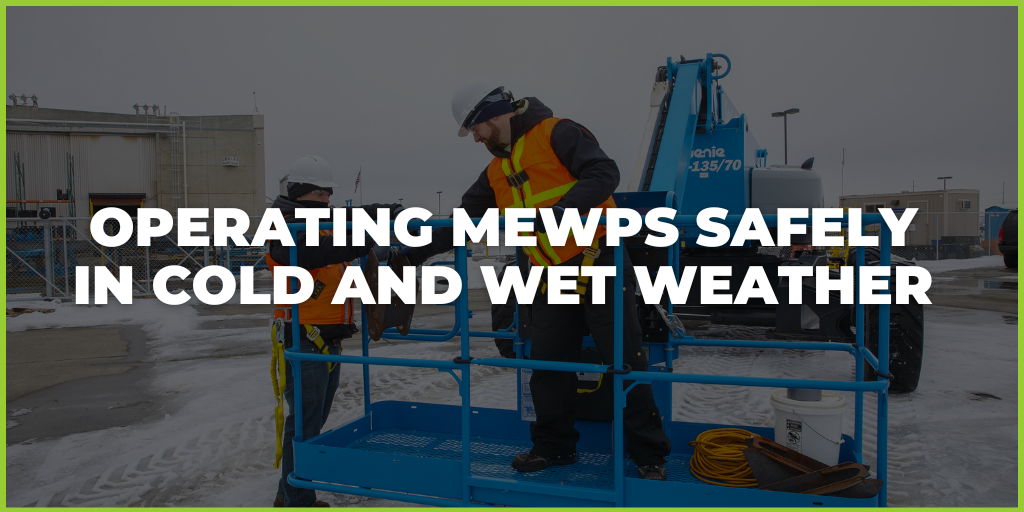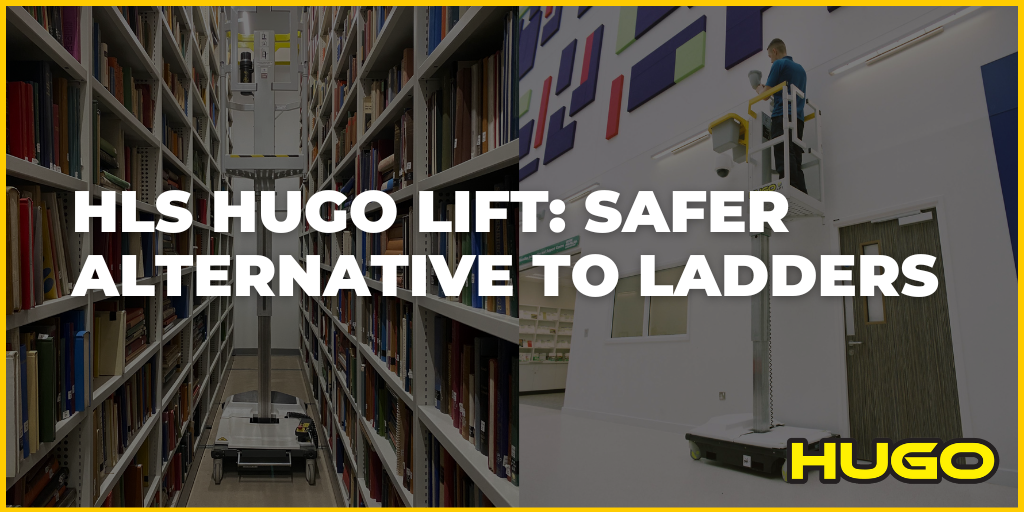As part of the third step within the process when carrying out a risk assessment, you must consider what control measures will be implemented to help prevent risks from the hazards identified in our most recent blog ‘Requirements for managing working at height activities’. In this blog, we will discuss the purpose of keeping risks under control and examples of different control measures that can be combined to achieve a high level of effectiveness.
Control measures are an essential part of a Risk Assessment, these include:
- Greater awareness of the risks in a workplace.
- Employee education.
- Identification of the likeliness and scale of the potential risks.
- States what actions are to be taken.
- Reduces the likelihood of incidents/accidents in the workplace.
Without these measures, risks and hazards will continue to affect the protectiveness of employees as the likelihood of potential consequences occurring could become more severe.
Read our recent blogs:
Hierarchy of control
The different types of control measures follow a hierarchy of control system that determines five levels of effectiveness when managing health and safety risks.
The diagram above shows control measures that are in order of most effective to least effective.
1. Elimination
Elimination is the control with the highest level of effectiveness by physically removing the hazard entirely from the workplace. Eliminating the existence of a hazard immediately removes the exposure to workers and quickly prevents the negative outcomes that could happen to an organisation in the future.
Example:
- Storing items at low-level heights to avoid workers having to overreach and reduce the risk of falls by only working from ground level.
2. Substitution
Substitution is the second most effective control measure in the hierarchy of controls for managing workplace hazards. It involves finding a safer alternative that eliminates or reduces exposure to workers.
Examples:
- Replace manual labour by investing in MEWP (Mobile Elevated Work Platforms) by reducing the number of workers needed to carry out a working at height task.
- Replace old equipment, which breaks down often and needs repairs, with newer, safer equipment.
Engineering controls are the third control measure that can be used in the workplace. These controls work by modifying the workplace environment, equipment, or process, creating a physical barrier between the hazard and the employee.
Example:
- Use Guardrails around an opening or unprotected edge by creating a safe working distance to prevent falls from height.
4. Administrative controls
Implementing administrative controls can further ensure safety in the workplace by minimising hazards. Modifying procedures that change how employees work by following the most effective practices can increase productivity and overall performance. Employees can also become aware of the risks and hazards when working.
Examples:
- Providing training to employees, such as a MEWP Operator training course, to educate them on how to correctly use and maintain equipment safely.
- Using warning signs to alert workers about a hazard.
5. Personal protective clothing and equipment
Personal protective equipment (PPE) is the least effective control measure when a hazard cannot be eliminated, and it should not be prioritised as the first call of action in preventing a hazard.
Examples:
- Use fall protection equipment, such as a safety harness and lanyard, to protect a worker from sustaining severe injuries from a fall when working from a height.
- Wear a hard hat to protect the head when a fall from height occurs, or when debris falls when working from height.
How HLS can help
As we understand the many challenges whilst working in various industries, including food and beverage manufacturing, general manufacturing, and modular build, our experts are here to help support your organisation by providing solutions for working at height.
We provide alternative equipment, such as low-level access platforms, to eliminate the use of ladders. Our services include site surveys and risk assessment reports to determine suitable solutions for your requirements. Additionally, we offer various training courses, including two harness courses.
View our resources to stay proactive when identifying hazards and improving your safety when working at height.
- HLS Risk Assessment Template.
- HLS rescue plan Template
- HLS Working at Height Expert Guide 2024.
- Low-Level Access Platform Expert Guide 2024.
- Working at Height Checklist.




